How to xeriscape — 7 steps for creating a stylish yet low-maintenance yard
Backyard pros explain how to xeriscape properly


It's a great idea to learn how to xeriscape. It's a cool, climate-friendly way to keep your backyard free from water, making it more self-sufficient and eco-friendly.
If you've seen this landscaping method around, we've got you covered with all the steps you need to implement it in your backyard. From using drip irrigation to bringing in succulent plants, our backyard design pros have given plenty of useful info.
For those who are done with lawn care advice and would much rather move onto something low maintenance, xeriscaping will work well for you.
How to xeriscape 101
Before you jump into xeriscaping ideas, learning how to xeriscape first will come in useful, as this will give you a useful foundation of knowledge before you start.
Our backyard experts have recommended specific products to help throughout, and we've also put together a xeriscaping essentials guide with everything to help you get started.
The prices below were correct at the time of publishing this article.
1. Create a plan

Xeriscaping is not just a landscaping technique — it's a sustainable backyard choice that promotes resource conservation and environmental responsibility. But before you put on your gardening gloves and pick up your trowel, it’s important to get a proper plan in place and assess your site.
Get small space home decor ideas, celeb inspiration, DIY tips and more, straight to your inbox!
“Evaluate sunlight exposure and water availability to determine which plants will thrive in your specific conditions,” explains Nina Lichtenstein, principal designer and founder of Nina’s Home Design. “Design your landscape with water conservation in mind.”
From here, Nina says to group plants according to their water needs and create zones for efficient irrigation.
2. Assess your soil type
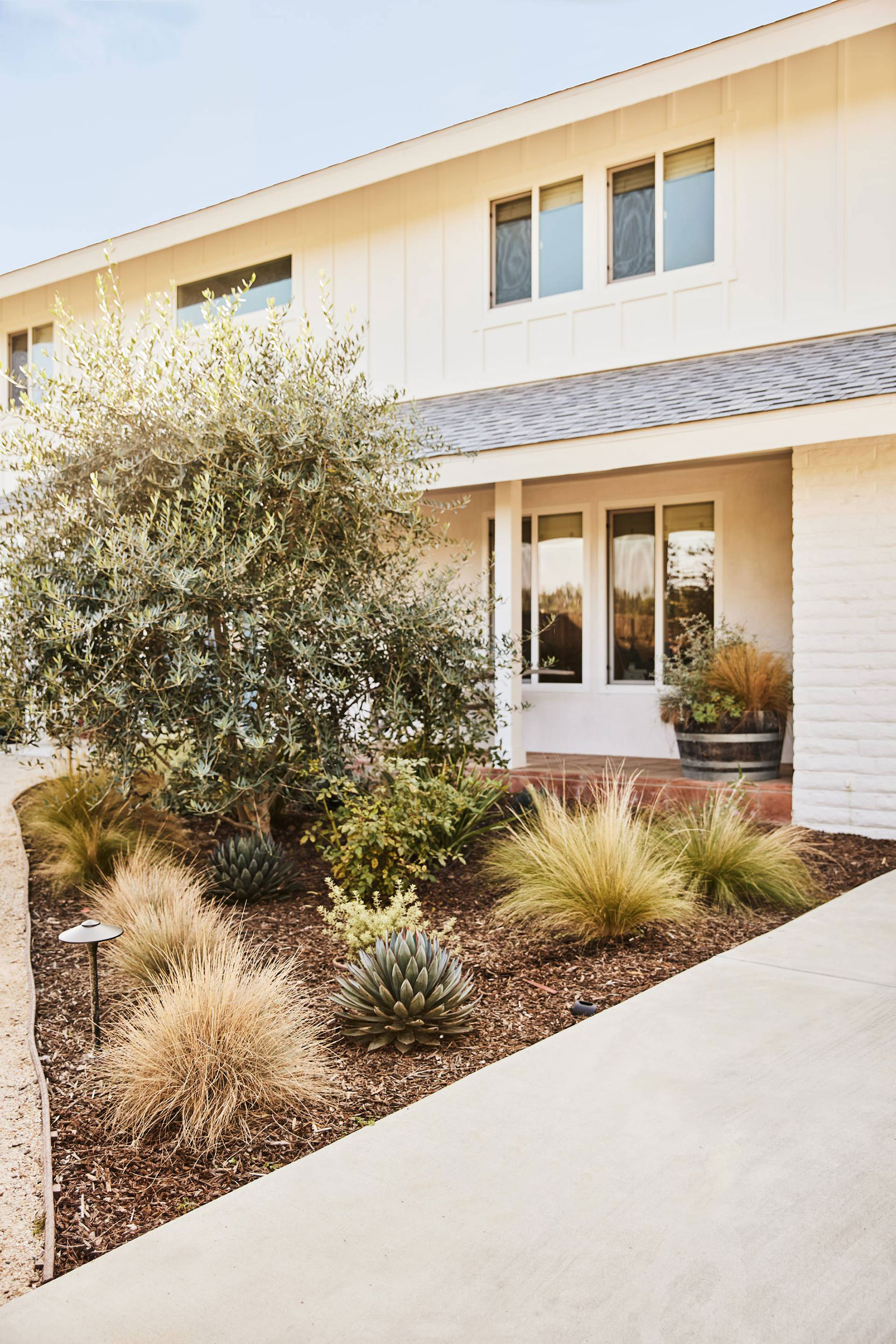
Just like designing a backyard in a wet climate, knowing the type of soil you have when choosing your planting scheme is a must.
While native plants generally do not require soil amendments, if you want to xeriscape properly, we recommend amending soil with organic matter such as compost.
For example, the Ribbon Organics Certified Organic Compost from Amazon is Amazon's Choice, is OMRI certified, and promotes water retention.
3. Limit lawns
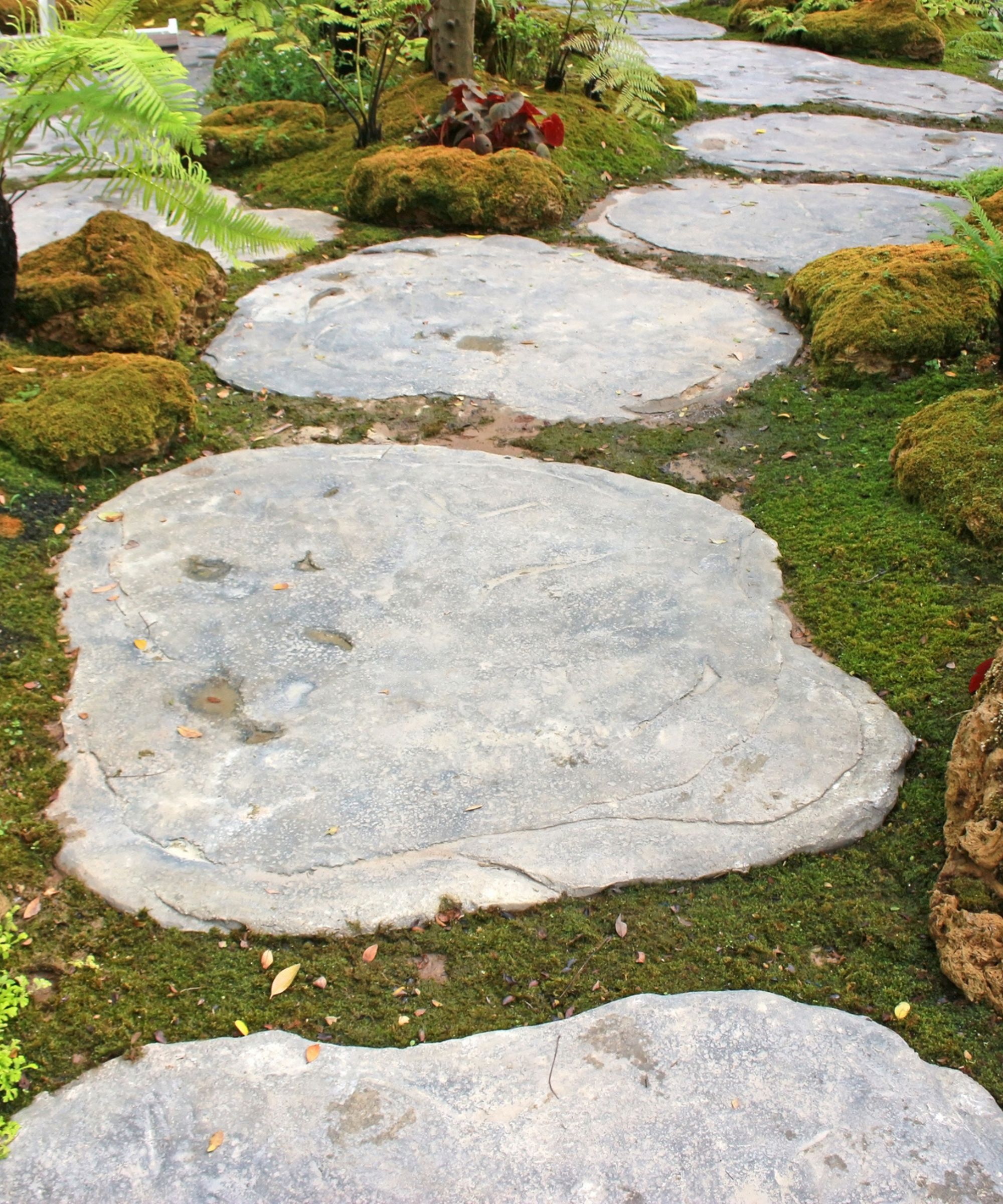
Two of the main reasons people learn how to xeriscape is to cut back on backyard landscaping costs and to reduce the need for a lawn.
Lawns commonly receive double the water they need, and the spray systems used to irrigate them lose significant amounts of water both to evaporation and overspray onto hardscaped surfaces.
While xeriscapes can have lawns, try alternative turf species that require less water, keep them small, and reserve them for play or other functional uses.
There are a ton of no-mow lawn alternatives to weave into a mostly xeriscaped yard.
4. Add water efficient plants

Once you’ve established what you’ll use on the ground, you can then move on to picking out pretty plants.
“Plants like succulents are an obvious choice for a xeriscaping project. Their thick and juicy leaves that store water mean the plant is still hydrated in times of drought,” says Aileen Carroll, landscaping expert and nursery manager at Van Winden’s.
You can also bring in vibrant, flowering plants — just be sure to choose the right ones.
“Plants like yarrow, lavender, and rockrose have exceptionally wide root zones which is part of what makes them water-wise,” Aileen explains.
Lavender, for example, has a root system that is usually around six feet wide and only six inches deep.
“These sorts of plants also have hairy leaves which act as a shot of ‘sunscreen’ and keep the plant from evaporating water too quickly,” she adds.
5. Consider more efficient irrigation

While xeriscape designs don't normally require supplemental irrigation, all plants require irrigation in their first one to two years to get established.
“Install a drip irrigation system with a timer or use rainwater harvesting techniques to supplement watering needs during dry spells,” explains Nina.
Get started with this by seeking out an all-encompassing irrigation kit, such as the Tivddikun Drip Irrigation Kit from Walmart which is made from high-quality UV materials, is easy to install, and can cover 100-120 square feet.
Other tips for maintaining efficient irrigation include regularly checking for leaks, incorporating a weather sensor to cut operation when precipitation is detected, and capturing runoff or precipitation to recharge your groundwater supply.
If you install a eco-friendly rain chain as a downspout alternative, make sure to install a barrel at the bottom to capture the water.
6. Add mulch
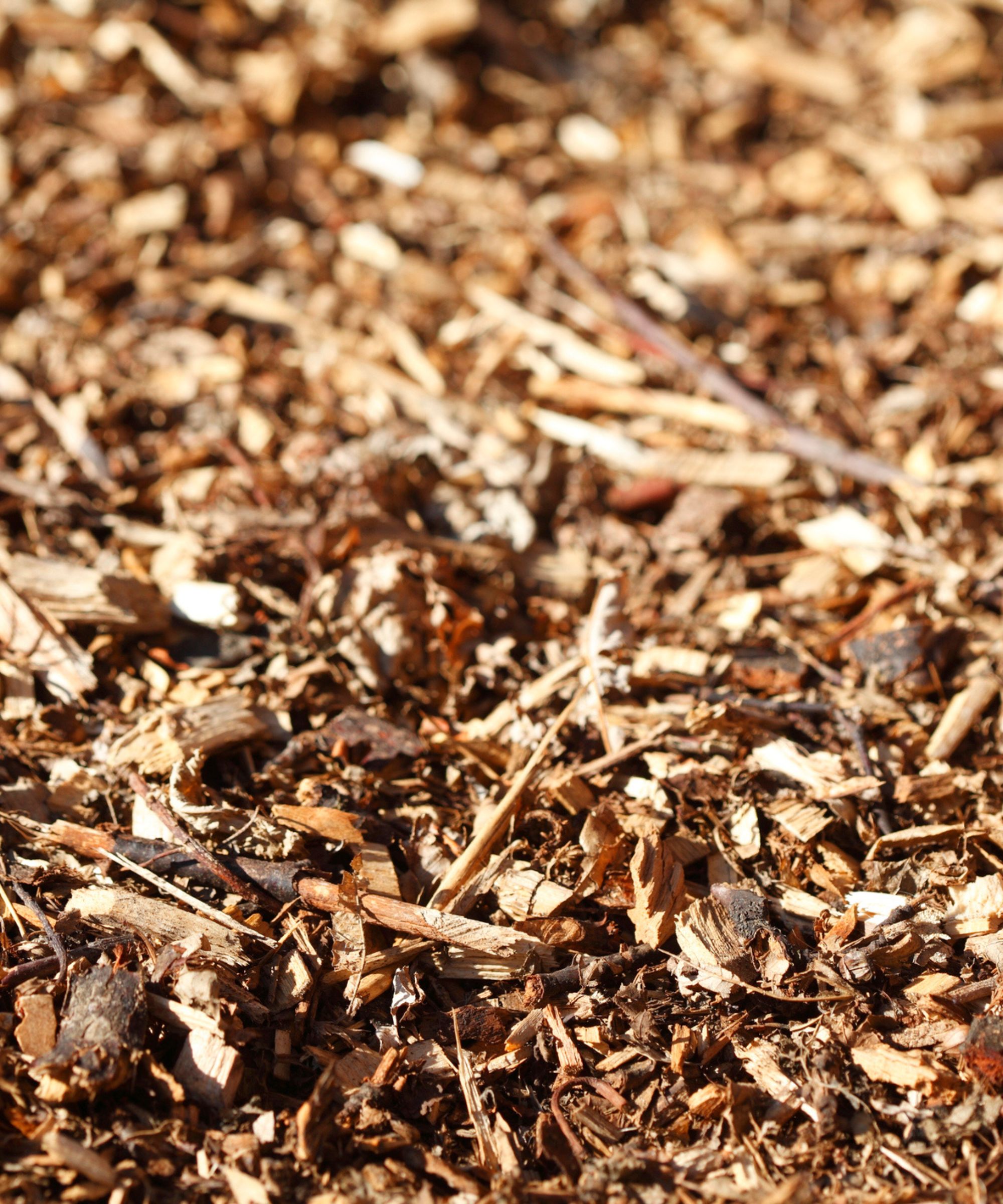
Now you’ve got plants and water system in place, you can allow them to work together in harmony by bringing in natural mulching.
“In order to use plants in a xeriscape garden, you'll need to be sure to give them a thick layer of wood chip or wood bark mulch, usually 3-6 inches deep,” Aileen says.
“Mulch will keep roots cool and retain up to 40% more water in the soil,” she adds.
Be sure to go for a natural mulch, such as the bestselling Miracle-Gro Natural Mulch from Amazon which is made from dye-free, sustainable wood and is safe to use around kids and pets.
Aileen warns not to mulch with rocks as it will have an adverse effect on plants. Rocks do not retain much water and often heat up the soil.
7. Plan for lower maintenance

Like any landscape, xeriscaping does require some maintenance.
“Although xeriscapes require less maintenance than traditional landscapes, periodic weeding, pruning, and mulch replenishment are essential to keep your garden healthy and thriving,” Nina says.
However, if you stick to the core principles, you’ll find that they require less maintenance than traditional landscape designs and the upkeep decreases over time.
Shop xeriscaping essentials
For those who have learned how to xeriscape and want to start putting theory into practice, we've picked out useful items to help you get started.
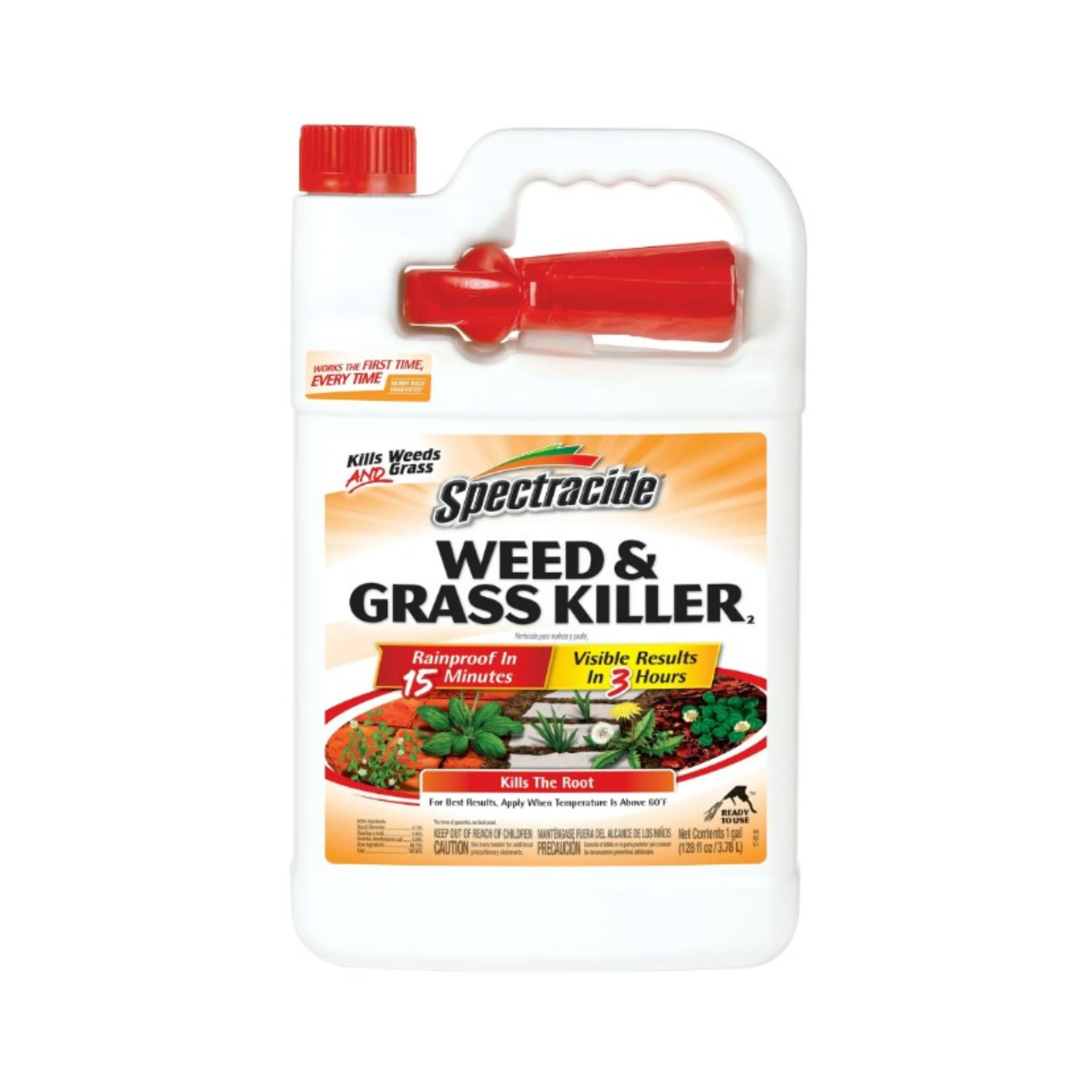
Size: 1 gallon
Results time: 3 hours
Price: $6.24
This bestselling, expert-approved weed killer is popular for good reason. It will kill weeds right down to the root and comes in a bottle that you can reuse and add your own weed killer into, too. If you aren't planning to have any grass at all it's an effective solution, but be careful using it if you are planning on having some plants, as it will cut down anything it's placed on.
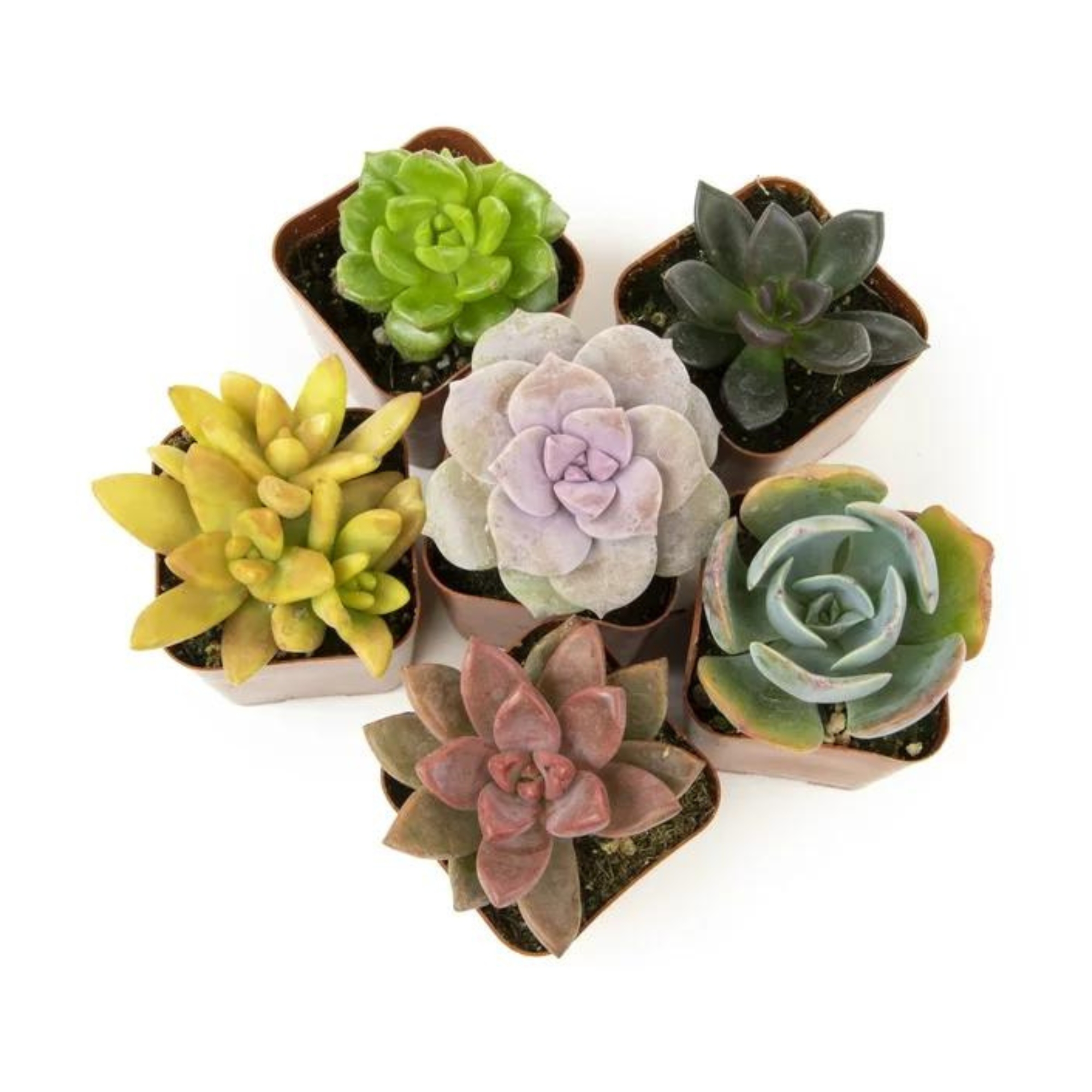
Size (in.): H12 x W12
Made from: Natural materials
Price: $32.98 for twelve
Start up your succulent garden in your xeriscaped backyard by bringing in these sweet plants. You can grab these in sets of 20 and 64 too, in case you want to go all-out with them. They require six hours of sunlight a day minimum, meaning they'll thrive outside. As well as this, they're brilliant at retaining water.

Size (ft.): H8.5
Made from: Copper
Price: $86.15
Utilizing rain chain ideas is a clever way to conserve rainwater. They're a sustainable solution that reduces the amount of fresh water needed, which is all part of learning how to xericape. these fabulous flowers capture plenty of rainwater thanks to their wide mouths. The copper will change over time, developing a pretty and unique patina and added a rustic charm to your outdoor space.
“By incorporating xeriscaping principles into your outdoor design, you can create a beautiful and resilient landscape that thrives year-round while minimizing water consumption and maintenance,” Nina finishes by saying.
If you’re designing for your front yard specifically, you might want to learn how to landscape a front yard without plants, as some of these tips involve xeriscaping.

Hi there! I’m the former content editor at Real Homes and I'm now a freelance journalist.. I've been a lifestyle journalist for over five years, previously working as an editor across regional magazines. Before this, I graduated from Nottingham Trent University a degree in journalism, along with an NCTJ gold diploma. For Real Homes, I specialized in interior design, trends and finding the best viral buys.
- Camille Dubuis-WelchFormer Deputy Editor
- Anna K. Cottrell